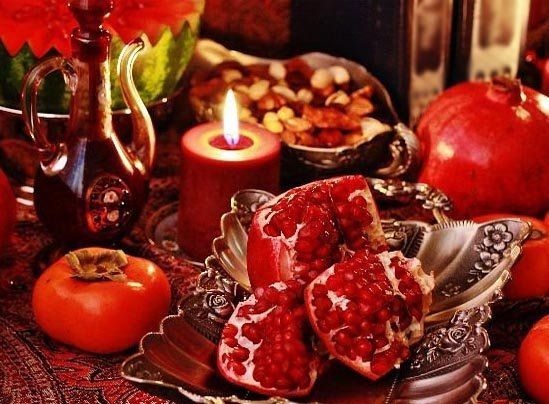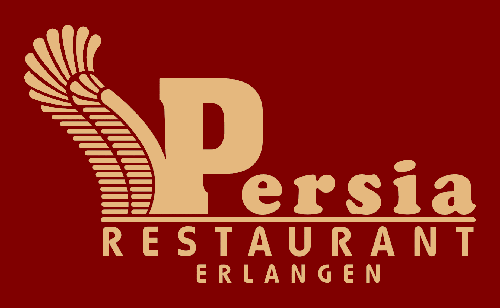Nouruz
(iranian نوروز )
speak [nuˈɾuːz]
The Persian New Year
Nouruz is for the Iranians what's New Year with us. You celebrate the new year. The traditional New Year celebration for us is celebrated in the middle of March, it depends on the solar calendar. The exact date is calculated every year and can also be found on the internet.
In many cities there are regularly very large events with often thousands of guests, with food drinking music and dancing. Nouruz as one of the most important festivals has a high priority and is thus celebrated with due respect.
New Year is not in our home country as here on 01. January.

Would you like to know more about it ....
What Nouruz means
Nouruz literally means 'New Day' (nou or nau: new, Ruz: day).
The Nouruz festival
Nouruz is the name of the New Year and Spring Festival, which will be celebrated on the 20th or 21st of March, especially in the Iranian cultural area. It corresponds to the beginning of the year celebrated on New Year's Eve. The count of the new year is in Iran according to the solar calendar. It starts with the spring and night equals between 19 and 21 March and therefore together with the astrological zodiac Aries. The festivities last a total of 13 days.
Since May 10, 2010, Nouruz has been recognized as an International Nouruz Day by decision of the 64th United Nations General Assembly. The General Assembly stated in its statement that "Nouruz is a Spring Festival celebrated by more than 300 million people in the Balkan Peninsula, the Black Sea region, the Caucasus, Central Asia and the Middle East for more than 3,000 years". On September 30, 2009, UNESCO included Nouruz Day in the list of Masterpieces of the Oral and Intangible Heritage of Humanity.
Imprisonment Sin
The most important part of the New Year celebration is the preparation of the Haft Sin ("Seven S"), whose components must necessarily begin with the first letters of the Persian "S", which are:
- Sekke - coins
- Sib - apple
- Somach - a Persian spice (spice juice .... in the restaurant on the tables)
- Sombol - the hyacinths
- Sir - garlic
- Sabseh - wheat, barley, cress or the like
- Serke - vinegar
and the seven-year-old New Year's drink Haft Mewa.
Seven dishes are prepared, starting with the letter "S" and symbolizing the seven virtues of Zoroastrianism. These are presented together with smanak (seedlings from seven crops), a mirror, a candle and a sacred or important book (the Qur'an of Muslims, the Bible of the Christians, the Avetsa or a picture of Zarathustra in Zoroastrians or a poetry book) covered.
Shab-e Yalda
(iranian شب یلدا)
speak [Šab-e Yaldā])
The longest night of the year
The "Night of the Nativity" is one of the four great Old Persian Festivals, which has a high importance in the Iranian culture and in Central Asia. It takes place on the night of the 21st to the 22nd of December, in leap years in the night before.
It is the longest night of the year, the night of the winter solstice. From now on, the nights are getting shorter, the days longer.
It celebrates the "birth of the light", the victory of the light over the darkness, it is pleased that "the light is born again" and from now on gains the power over the darkness. Pomegranates, melons, red grapes or baked apples are traditionally eaten ... the many red fruits symbolize the dawn of the rising light ...
With friends and relatives, one often sits around a fire that represents light and hope, and celebrates through the night, it is read from the poems of the Persian poet Hafez.





